49 Things to know before visiting the UK
I am not an original Canadian but rather as most Canadians are I am an immigrant to the country. There is much to love about Canada but it never truly felt like home to me. So when my husband and I retired and started housesitting around the world starting in Chelem Mexico one of our bucket list destinations was Ireland and the UK. We had to lot to absorb the British quirks and unwritten rules of behaviour. The things to know about England,Northern Ireland, Scotland, and Wales do differ from place to place but never forget although these are all considered the United Kingdom they each think of themselves as separate countries.

We are lucky enough to have dual citizenship and so have Irish passports. So we began our housesitting and travelling journey in Tipperary and have travelled most of Ireland from the Wild Atlantic Way to Dublin. We were pretty well prepared for the eccentricities of the British Isles having grown up with them, so we thought this would be a good chance when visiting Britain to “know before you go”.
In our travels throughout the UK and Ireland, we have noticed many quirks and differences between Canada and the places we visited. We are foodies and do love a historic site or two, but we have noticed some differences and we are learning to overcome them – well in the case of coffee that is. We find hotels and most homes have tea so the coffee is instant which is just bad. Here are some of the things we have learned about living in Europe.
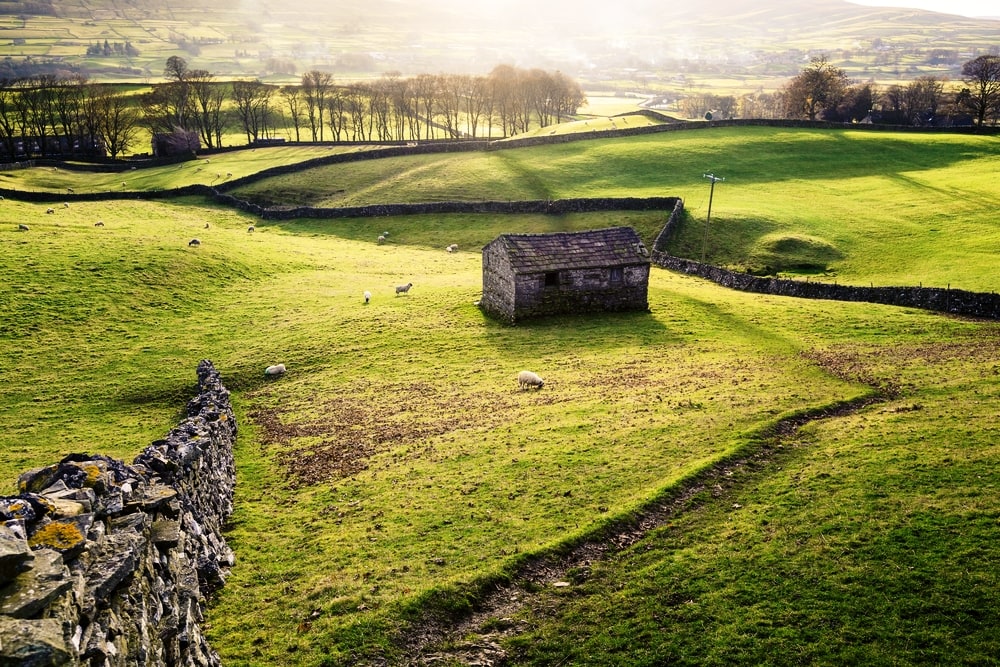
It’s funny though how when I am in Canada, the U.K. is my home and when I am in the U.K. Canada is home. I am still getting used to that dichotomy. I never thought there would be things I miss about Canada but as I now spend most of my time in Europe here are a few of the things that can confuse a Canadian or American travelling in the U.K.
- 49 Things to know before visiting the UK
- 49 Things to know about the UK before visiting
- Place Names
- Best locations in the UK to visit after London
- Scotland and Wales
- Cultural Things to Know about visiting the UK
- Understanding British Culture
- Miscellaneous Tips
- How to order Coffee in the UK
- What to eat in the UK
- Getting sick in the UK – aspirin and medications
- Driving in the UK
- Shopping in the UK
49 Things to know about the UK before visiting
Although they are all British
There’s a big difference between the UK, Great Britain and the British Isles – Ireland is a separate country. The United Kingdom includes England, Wales, Scotland, and N. Ireland. The British Isles includes all that plus up to 6,000 smaller islands around the countries of N. Ireland and the United Kingdom. Keep in mind that those who live in Scotland, Wales or N. Ireland (well maybe not N.Ireland) do not like to be called English which is a point of pride with those from both Wales and Scotland, although the N. Irish don’t mind being called English or British.
Welcome to the United Kingdom of Great Britain and Northern Ireland! Here are 36 things you need to know before embarking on your journey to this fascinating country.

Place Names
Scotland and Wales
Scotland and Wales are two other beautiful countries within the UK. They each have their own distinct traditions, landscapes, and accents that make them worth exploring.
When visiting the UK, don’t miss the opportunity to explore Wales. This stunning country, with its rolling hills and charming towns, is part of the United Kingdom and offers a unique cultural experience.
Northern Ireland
Another must-visit destination in the UK is Northern Ireland. From the vibrant city of Belfast to the mystical Giant’s Causeway, this region has a rich history and breathtaking landscapes.

Best locations in the UK to visit after London
Outside of London
Northern England
In England there is a great divide between the North and the South. The Northern area of England. The eternal battle between the north and the south of England. Two regions split by a common language. The northerners, with their charming accents and friendly disposition, always ready to offer you a cuppa and a warm hug. Meanwhile, down in the south, you’ll find the posh accents and high society, sipping their tea with an air of superiority.
There’s a joke about a man (a Northerner) visiting London and walking down the street who says Morning to the folks he passes. The man was approached by Police who attempted to charge him but apparently friendliness to strangers was not considered a crime until the next year.

In the north, it’s all about hearty meals like fish and chips, and a good old pint at the local pub.The northerners are known for their directness and no-nonsense attitude, while the southerners have a reputation for being a tad bit snobbish.
So go North, visit Manchester, Liverpool, Blackpool and head to York to see the Shambles the oldest medieval street in the world. Take a train to Lancashire and learn about the Pendle Witches, visit the Blackpool Illuminations. Then head up to Scotland to visit Glasgow, Edinburgh and the Highlands.
Newcastle is a vibrant city in the northeast of England known for its friendly locals and lively nightlife. Explore its historic sites, visit the famous Tyne Bridge, and enjoy the buzzing atmosphere of this cosmopolitan city.

If you’re a nature lover, a trip to the Lake District is a must. This picturesque region in Northwest England is home to stunning lakes, rolling hills, and charming villages. Explore the hiking trails, hop on a boat tour, and immerse yourself in the breathtaking beauty of this stunning area.
The South of England
If you’re visiting the UK, it’s worth taking a trip to England. Explore the bustling streets of London, marvel at the iconic Buckingham Palace, visit the Tower of London, hear Big Ben chiming, take a ride on the London Eye and head to the National Gallery in Trafalgar Square. Don’t forget to head to the Victoria and Albert Museum in Chelsea and of coure and enjoy some fabulous Asian food in Chinatown, or perhaps street food in Covent Garden Market or any of the dozens of Street Markets in London. I could go on forever about places like the British Museum, Tower Bridge, and London Bridge – better you visit for yourself.

Getting outside of London your first stop should be, Windsor Castle home of the British Monarchy, the Cotswolds, a picturesque region that will transport you to a land straight out of a fairytale. With its charming villages and rolling hills, it’s the perfect spot for a delightful stroll.
Next up, we have the univeristy cities of Oxford and Cambridge home of course to Oxford University and Cambridge University the most famous educational institutes in the word. Then, venture to Stratford-upon-Avon, the birthplace of the magnificent William Shakespeare himself. Prepare to be immersed in the world of the Bard as you wander through the cobblestone streets.
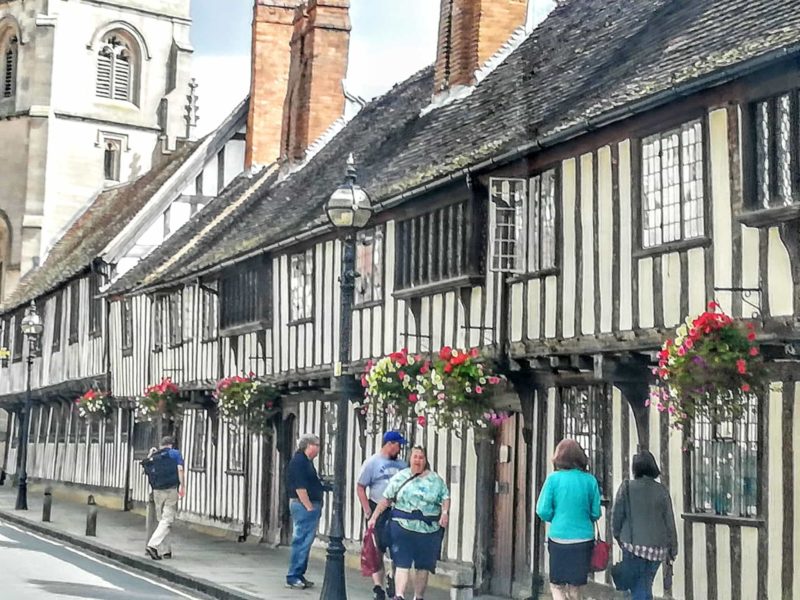
As if that weren’t enough, we now head to Bath, where you can take a dip in a glorious Georgian-era Roman bath. And finally, make sure to visit Avebury Henge and Stonehenge, where our ancestors thought building giant stone circles would be a smashing idea. Trust me, it’s a sight you won’t want to miss.
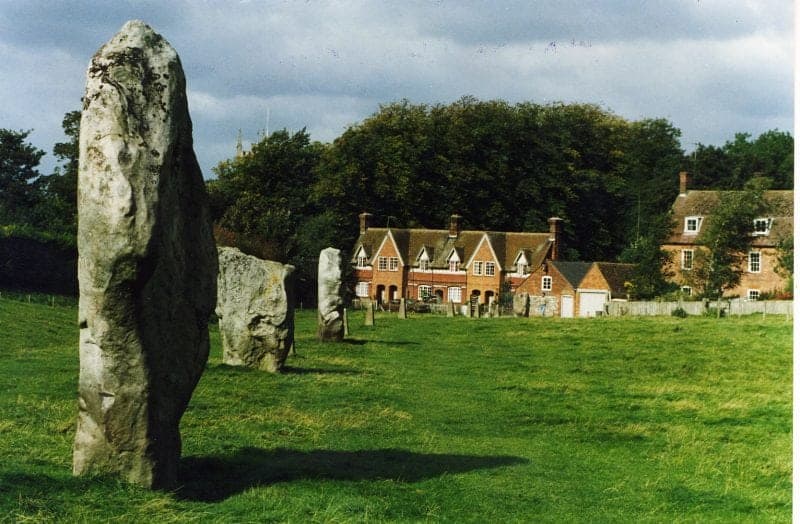
If you love stunning coastal views and picturesque countryside, make sure to visit Cornwall and make sure you have an authentic Cornish Pasty. This region in the southwest of England is famous for its charming villages, sandy beaches, and historic sites and fantastic surfing.
Scotland and Wales
Visiting Scotland is a truly remarkable experience. From its stunning landscapes to its rich history and vibrant culture, there is something for everyone. The Scottish Highlands, with their majestic mountains and picturesque lochs, offer breathtaking views that leave visitors in awe.

The bustling city of Edinburgh presents a perfect blend of old-world charm and modern amenities, with its iconic castle perched atop the Royal Mile. The warm and friendly nature of the Scottish people enhances the overall experience, making visitors feel welcomed and valued. Exploring the ancient ruins, such as the iconic castles and the mysterious standing stones, is like stepping back in time and immersing oneself in the fascinating stories of the past.
Whether indulging in traditional Scottish cuisine, enjoying a pint of whisky, or participating in the vibrant festival scene, Scotland provides a diverse range of experiences that are sure to create memories that will last a lifetime.
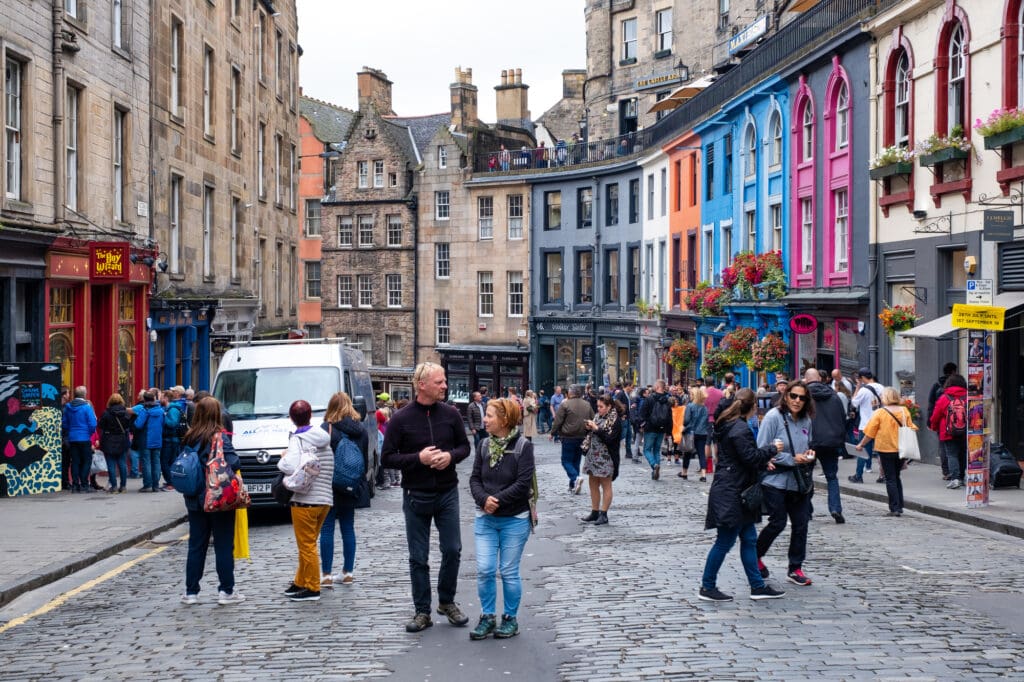
Visiting Wales is truly a delightful experience. The country offers a diverse range of landscapes, from majestic mountains to stunning coastal areas, making it a paradise for nature lovers. The warm hospitality of the Welsh people enhances the overall charm of the trip.
Exploring the historical castles and ancient ruins reveals the rich heritage and fascinating stories of the land. The vibrant cities, such as Cardiff and Swansea, are bustling with cultural activities and provide a great opportunity to indulge in the local cuisine and traditions.

Whether it’s hiking the breathtaking trails of Snowdonia National Park or exploring the quaint villages of Brecon Beacons, Wales offers something for everyone. The beauty, culture, and warmth of the country make it a perfect destination for those seeking an enriching and memorable vacation.

Cultural Things to Know about visiting the UK
Pubs – British pub culture
Pub hours: Pub closing times – most pubs close at 11.00 although some stay open until midnight on Thursdays, Fridays and Saturdays. Sundays it is 10.30. Children under 16 are allowed into pubs accompanied by adults, Kids over 16 are allowed into pubs anytime without adults but cannot be served alcohol, and dogs are allowed into pubs with a Beer garden.
What to drink in a pub: If you’re not a drinker or you’re the designated driver, there are always options in a pub (boozer as it’s called here), there’s alcohol-free beer and gin and of course soft drinks. If you’re a drinker, then the usual order at a pub consists of lager, ale, bitter and spirits. A request for lager, ale or bitter will usually get you a whole pint unless you specify you want half! You can also order a Shandy which is a lager mixed with lemonade which in the UK is like a 7-up pop.
It is unlikely pubs will be able to serve you fancy cocktails, although these days many cocktails are available in upmarket pubs.
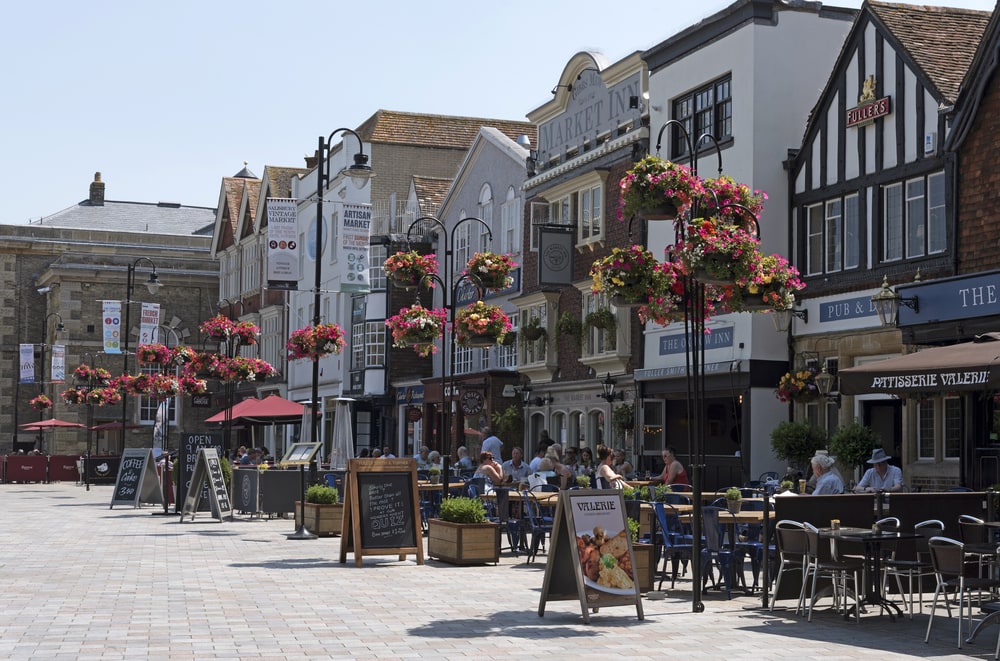
How do you order drinks in a pub? In almost all pubs you need to order your drink at the bar, so don’t wait around for someone to take your order from your table. Busy times in pubs are usually after work and at weekends so be prepared. In some pubs, you can leave your credit card at the bar and run a tab.
Do you leave a tip in a pub? You don’t normally tip bar staff in the UK. If you want to say thanks, then offer to buy them a drink. They can then choose to accept the drink or take the value of the drink in the form of a tip.
Queues
One of the very important things British people do is obey the rules of the queue. Everybody queues in the UK and Ireland. Even if there’s not a line in sight and there is only 2 of you-you must queue it’s virtually the law. There is absolutely no queue jumping that’s like a criminal offence.
Stand on the Right
If you’re taking the London Underground, one important rule to remember is to stand on the right side of the escalator. This allows people in a rush to pass on the left, keeping the flow of traffic moving smoothly.
Different Accents
Us North Americans love the British accent and the UK is home to a wide variety of regional accents. From the musical lilt of the Welsh to the distinctive dialects of Scotland, you’ll encounter different accents wherever you go. Embrace the diversity and don’t be afraid to ask for clarification if you don’t understand something.
Bog Snorkelling
If you’re looking for a truly unique experience, why not try bog snorkelling? This bizarre sport involves swimming through a peat bog without any traditional swimming strokes. It’s the perfect activity for thrill-seekers and those looking for something out of the ordinary.
Castles
When visiting England and Wales, you’ll be spoiled for choice when it comes to castles. From the majestic Windsor Castle, the official residence of Queen Elizabeth II, to the fairy-tale-like Bodiam Castle, these historic structures are a glimpse into the country’s rich past. There are ruined castles, haunted castles, castles that are actually more of a Palace like Blenheim, visit Kenilworth Castle ruins where Robert Dudley tried to woo Queen Elizabeth 1st, or perhaps Warwick Castle where you can see medieval history warfare reenacted.
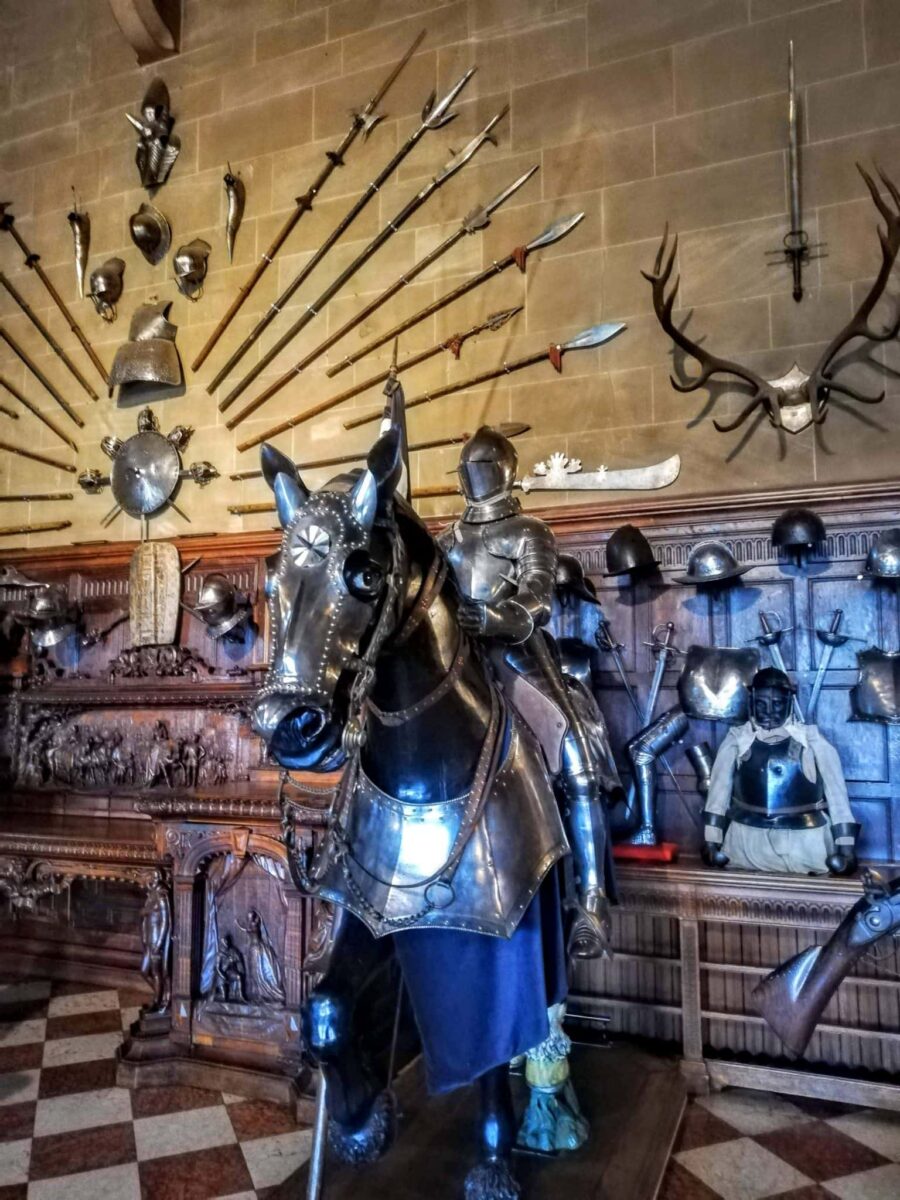
Pronouncing Place Names
Pronouncing place names in the UK can be a bit tricky. Words like Edinburgh, Leicester, and Worcestershire may not sound how they’re spelled, so don’t hesitate to ask for help or practice your pronunciation before you arrive.
Rainy Days in the UK
The British complain about the rain and bad weather all the time. According to the Met Office Climate data, over the 30-year period, there were 106.5 days of rainfall per year on average (which counts as a day in which 1mm of rainfall or overfell). This means that there was rainfall on 29 per cent of days per year and on average it didn’t rain on 71 per cent of days per year. The average rainfall is 557.4mm with 1410 “sunshine hours.”
Londoners
Londoners are known for their resilience when it comes to rainy days. Don’t let a little drizzle ruin your plans. Embrace the British spirit and carry on exploring the city’s museums, galleries, and other indoor attractions.
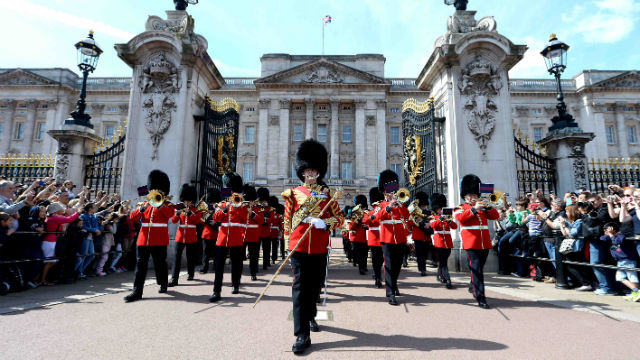
Edinburgh
Edinburgh, the capital of Scotland, is a city full of charm and history. Despite its notorious rainy weather, this city offers a vibrant atmosphere and plenty of indoor activities, such as visiting the world-famous Edinburgh Castle or exploring the Royal Mile. From Edinburgh you can head up to find the Loch Ness monster and see some stunning landscapes of the rural areas of Scotland.
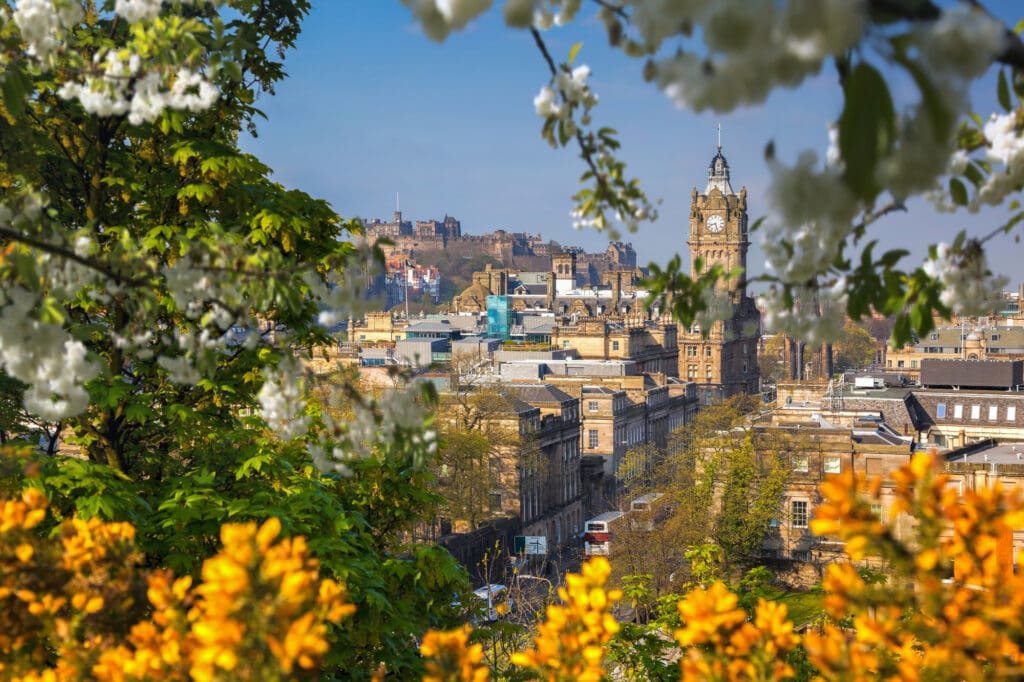
Understanding British Culture
British traditions are famous worldwide. If you haven’t been to the UK you probably know that the British love their tea, footie (football or what we N. Americans know as soccer), fish & Chips, and of course hitting the pub.
There are also some rather interesting traditions in the UK such as queueing, Fireworks and guys on Bonfire night, cheese rolling down the hill at Cheddar Gorge, Gloucestershire and sunbathing anywhere, anytime when a ray of sunshine is spotted. There’s also British banter, taking the piss, being snarky and making sure that you take the mickey out of all. Basically, for those not in the know that means watch out as the British will mock anything and everything and if you can’t give back you won’t fit in.

National Psyche
The British have a unique sense of humor and a love of sarcasm. Embrace their dry wit and don’t be surprised if you find yourself engaging in friendly banter with the locals. It’s all part of the national psyche!
Making Eye Contact
In the UK, making eye contact with strangers is not as common as in some other cultures. People tend to value their personal space, so while it’s not considered rude, it’s best to respect others’ privacy and avoid prolonged eye contact.
Miscellaneous Tips
Feet and Inches
The UK still uses the imperial system of measurement, so be prepared to encounter distances, heights, and weights in feet and inches, as well as pounds and ounces. It might take some getting used to if you’re accustomed to the metric system.
Escalators
When using escalators in the UK, make sure to stand on the right if you’re not in a hurry. This allows people in a rush to walk up or down on the left side, ensuring a smooth flow of traffic and minimizing congestion.
Pounds and pence
If you are visiting Britain the currency required is Sterling or as we know it pounds and pence. The British pound is represented by the symbol £. Although Scotland and Northern Ireland share the same currency as the rest of the United Kingdom, they both print their own banknotes. A tip here try to stay with the British pound as in many cases you can’t use a Scottish or N. Irish pound in England – we found that out the hard way.
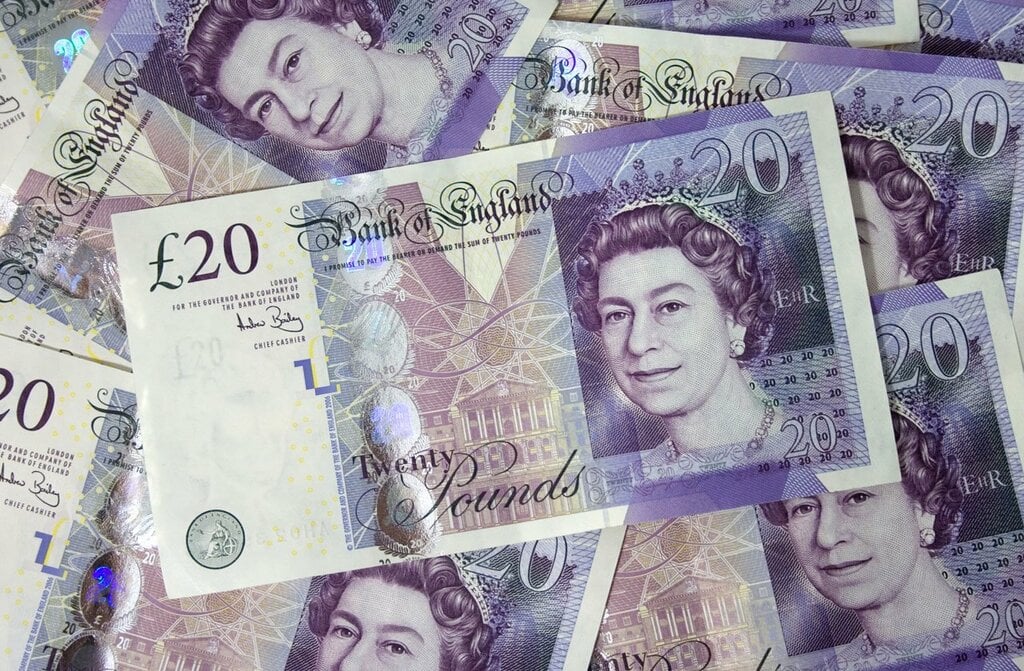
Energy saving and hotels
Hotels in England have these new energy savers in the rooms where you have to slot your key card into a box to put the lights and sockets on. I made the mistake of forgetting this and tried to charge my phone in the room when I wasn’t in the room – so naturally no charged phone.
Power Adaptors
You will need a step-down voltage converter a device that can be plugged to 120 volts and it provides an outlet with 230 volts to use your device in Britain. Many hotel rooms now offer USB plugs that your phone can go directly into so double-check.
How to order Coffee in the UK
Not necessarily a double-double, but oh my the ease of ordering a coffee in Canada. I want a coffee – you know with double cream and 2 sugars. God knows I spent enough time in Ireland and England trying to figure out what the hell a flat white is, let alone an Americano.
I have learnt to order a black coffee and simply add milk. Cream does not exist here for coffee, there is no coffee creamer in restaurants and cafes. In hotel rooms and B&Bs, there is dominantly vile instant coffee no drip coffee although many private homes have those awful pod coffees. I know I am living in a tea-drinking world now but I see coffee houses everywhere. So for the uninitiated here is a primer on how to order a coffee.
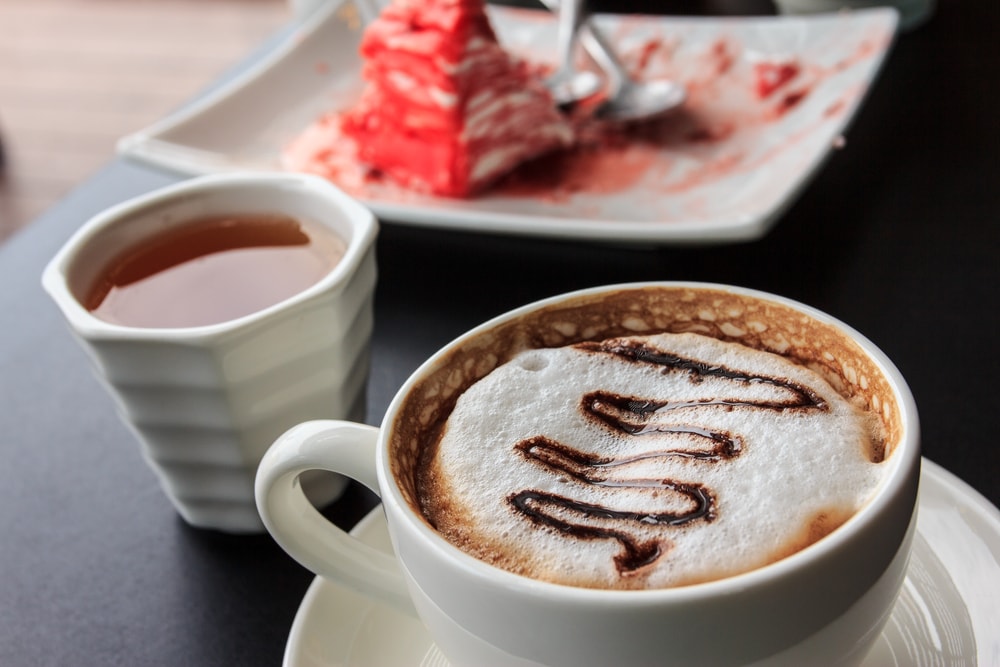
Americano – which is basically a double shot of espresso and hot water. This originated during WWII when the Americans were in Italy and ordered a coffee. They were given a shot of espresso with water added to make it resemble filtered coffee.
White coffee – a double espresso with hot water and milk.
Latte – a large cup of coffee which is for the most part 1 or 2 shots of espresso and hot milk with a little bit of foam.
Cappuccino – A double espresso with half hot milk and half milk
A Flat White- apparently originally from Australia this is a double espresso shot topped with hot milk.
I am not even going to begin to get into iced tea
Don’t expect it here and if you do try an order it on a hot day be prepared for the puzzled looks of the wait staff. As for sweet tea just don’t go there. But I do have to mention Builder’s Tea which is strong, sweet and white and very hot as just the thing to fuel a hard-working day. They do now however sell Lipton’s peach tea.
Cuppa
A cuppa is a quintessential British term for a cups of tea. Make sure to indulge in this traditional British Empire beverage during your stay. Whether you prefer it with milk or without, tea is a comforting and refreshing part of British culture.
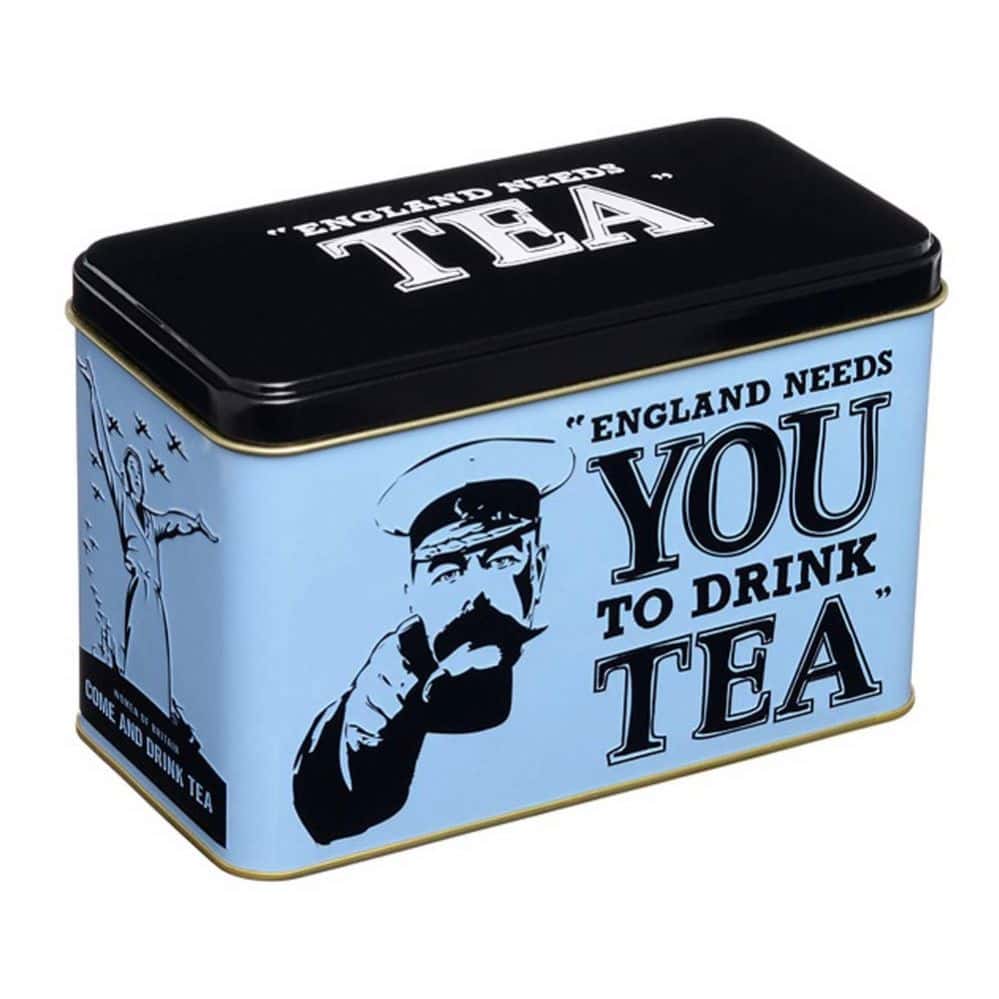
What to eat in the UK
Chips are Fries and crisps are chips
Yep the British call french fries chips and potato chips are crisps. Both can be made into sandwiches you can have a chip buttie.
Or you can do what the British do and add your potato chips into your sandwich. A warning British crips come in what we might call weird flavours such as Prawn cocktail, Lamb and Mint Sauce, Roasted Chicken, and Curry flavoured – and they say Canadians are weird with their Ketchup chips.
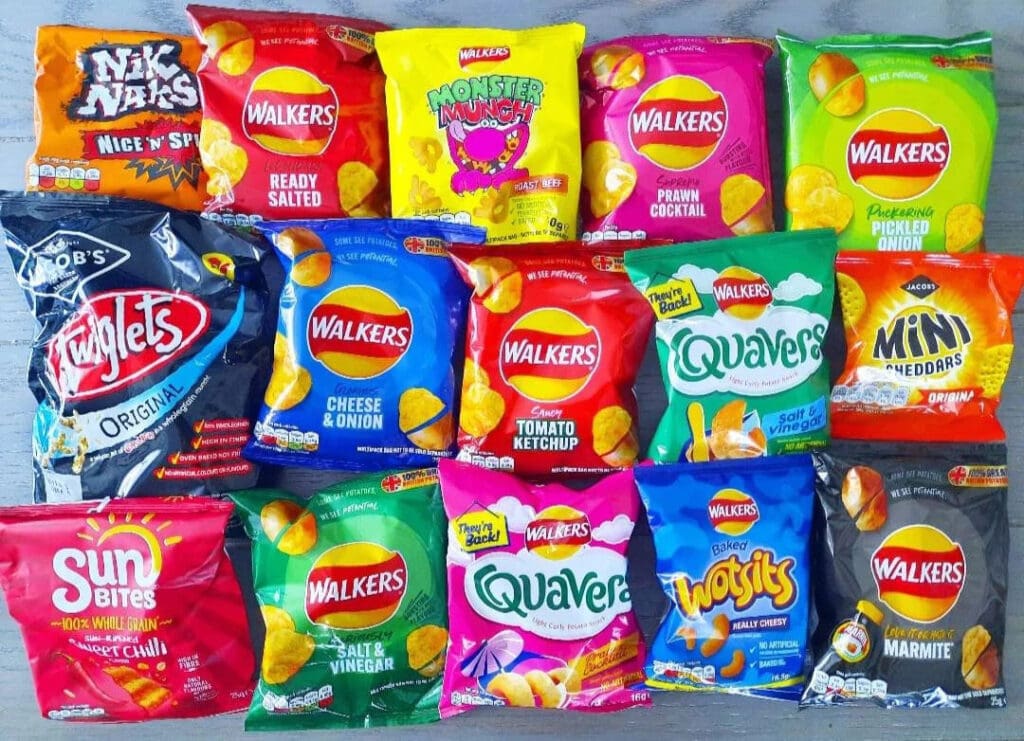
Fries and Gravy
Both do exist here just not together. I have never tried to order a side of gravy it isn’t on most menus but I suspect it would be easy enough and by god, the gravy here is damn good – the real made-with-meat juice stuff. Apparently in the North of England gravy is definitely a thing with your chips. Now chips are French fries and crisps are what a Canadian would call chips. You will also see some very strange flavours here like Roast Chicken, Lamb and Mint, Tandoori, Curry, and prawn.
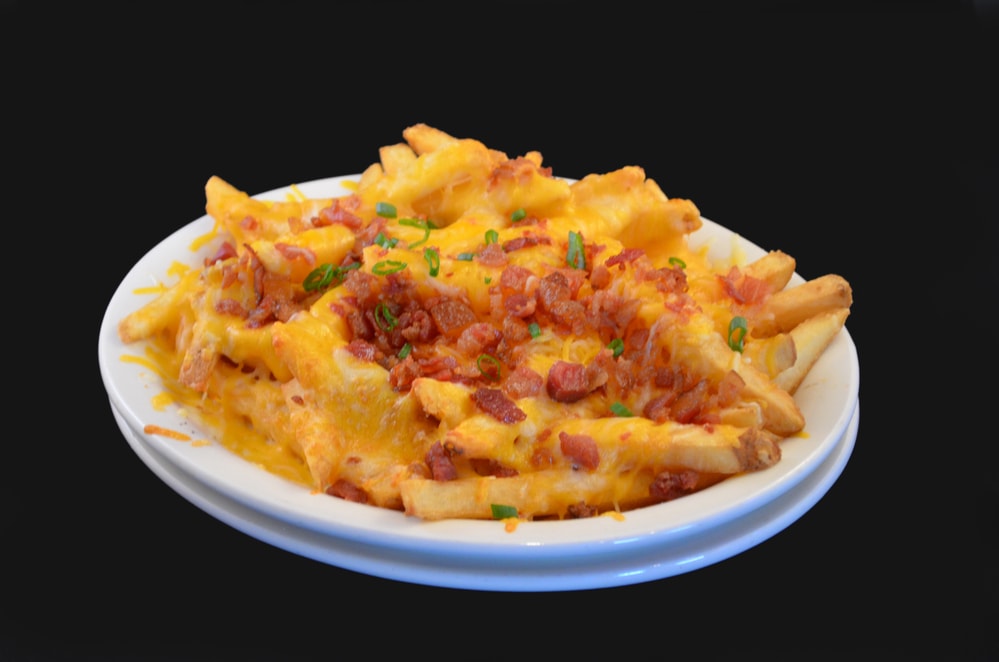
An egg salad or tuna salad
Egg Salad and Tuna salad sandwiches are not simply a boiled egg or tuna mashed up with Mayonnaise. It is an actual boiled egg sliced with salad, including lettuce, tomato and cucumber for the most part. Yes, you can buy just a simple salad sandwich as well. Oh, and they add canned (tinned) sweetcorn to virtually everything here. So your tuna salad will be mashed tuna mixed with sweet corn and grated carrot.
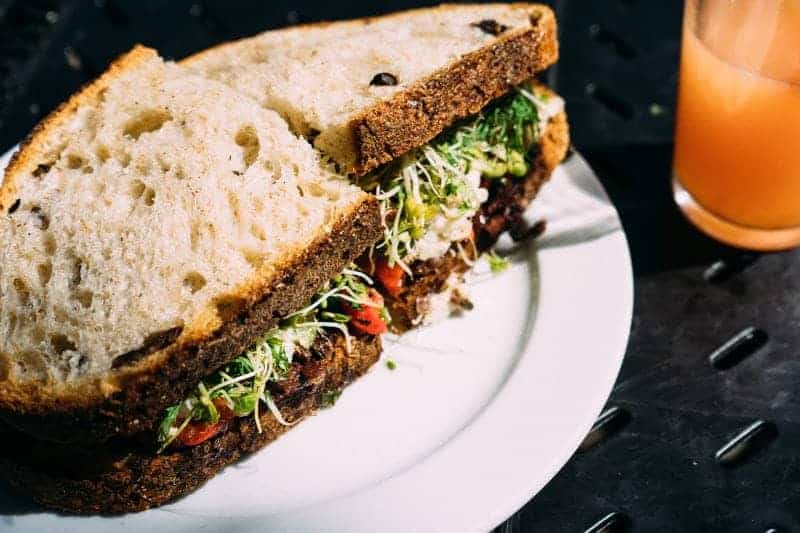
Mushy peas
When I moved to Canada I dreamed of marrowfat peas but could never find them. Here we have marrowfat peas, mushy peas, processed peas, spring peas a plethora of peas. Marrowfats are peas left to dry naturally on the vine instead of being harvested early and becoming spring peas.
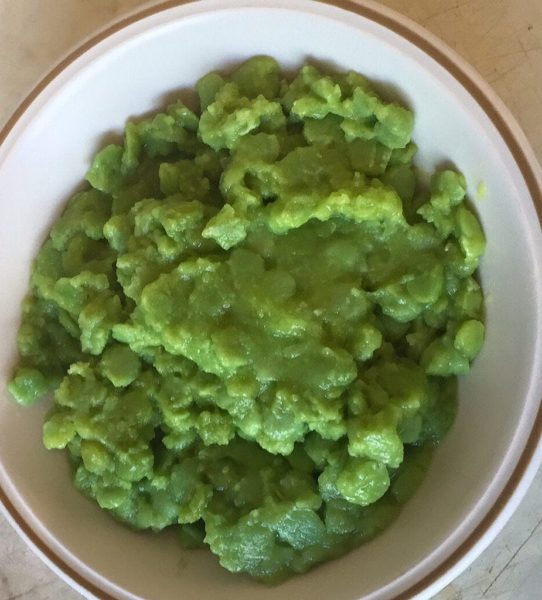
They are big fat and mush down perfectly unlike those nasty frozen spring peas which pop in your mouth. Mushy peas are simply marrowfat peas with a little sugar and salt added then mashed. Processed peas are simply processed by cooking lightly and canning.
Prawns or Shrimp?
Prawns, shrimp, scampi and langoustines. “Prawn” and “shrimp” are interchangeable: prawns are usually harvested from freshwater and shrimp from salt, and prawns will usually be larger than shrimp. Technically, shrimp and prawns are separate species, shrimps are found in warm water like the Gulf of Mexico and cold water like the Atlantic. Most shrimp are farmed but the colder the water the smaller the shrimp. A prawn resembles a miniature lobster and has sweeter meat.
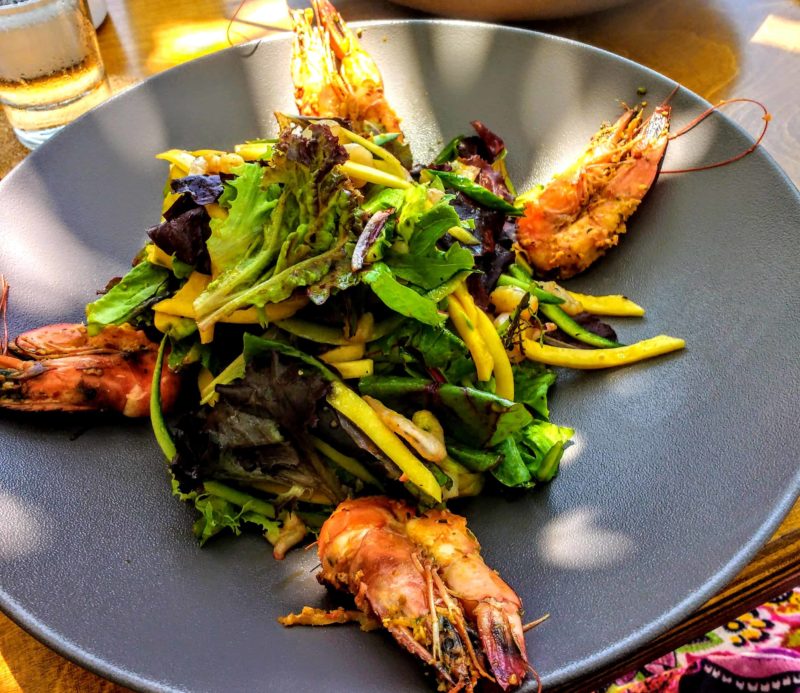
The French langoustine, Spanish langostino and Caribbean lobsterette are all prawns, as is the Italian scampi. Oh, and by the way, the British Prawn Cocktail is usually served in a glass and the prawns are mixed with a dressing called a Marie Rose sauce and served on a bed of shredded lettuce.
The North American version is simply a tomato base with horseradish added. The Marie Rose sauce for a prawn cocktail is simply mayonnaise, tomato chutney, Worcestershire sauce, horseradish and Tabasco together. Seasoned to taste with lemon juice and salt and serve cold.
Butties
A sandwich by any other name from chip butties to bacon butties the great British butty is a treat with its hot filling causing oozy melty butter a delicious childhood memory.
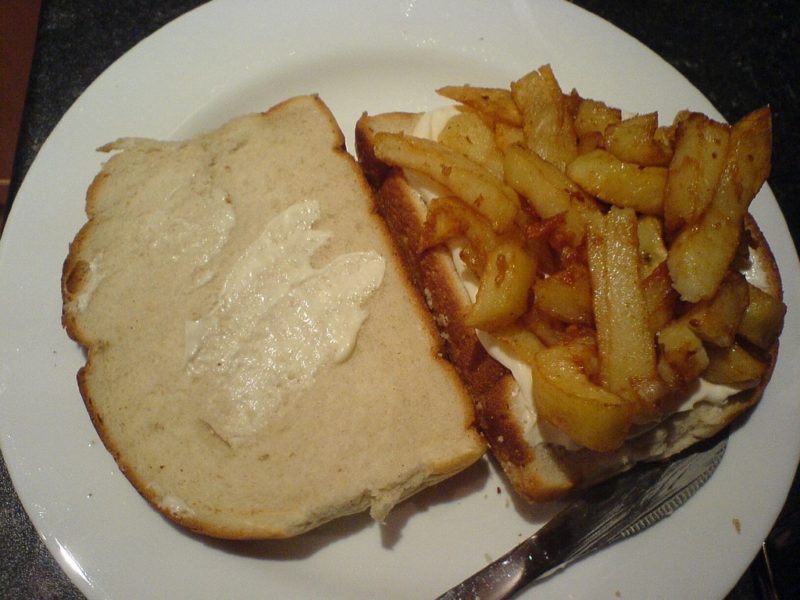
Indian food
Thank god is everywhere, not as much in Ireland as the UK but you will see that Indian food places outnumber fast food here by a long mile. Hit up the fish and chip shop where you will be asked if you want gravy (in the North) and curry sauce in the south.
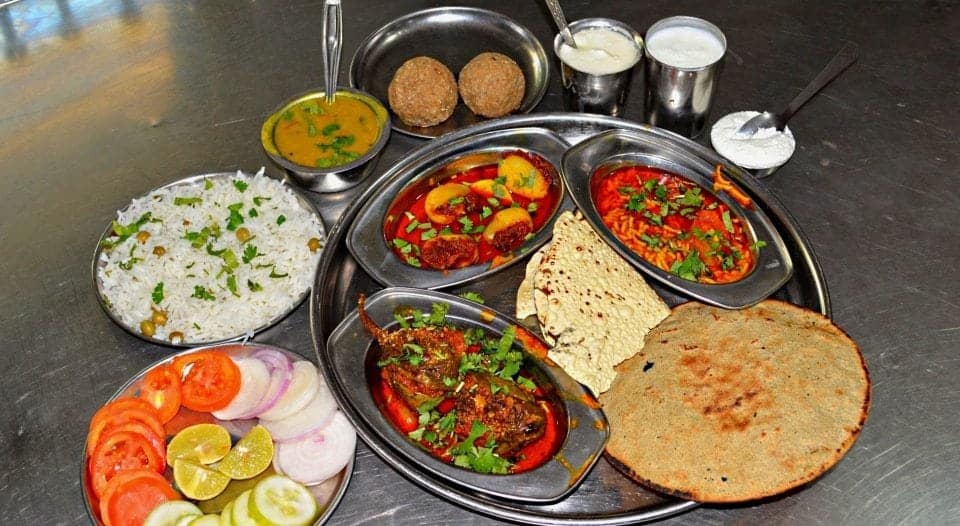
Sunday Roast Dinner
Served everywhere in the UK a Sunday roast is inevitable – restaurants usually call it a carvery. You can have your choice of roasted meats but they are almost always accompanied by roast potatoes, mashed turnips, Yorkshire puddings, lashings of gravy, and red cabbage which is curiously sweet and disgusting. The lunch is usually served with a condiment – for example, roast beef calls for horseradish, Lamb with mint sauce, Chicken or turkey with Cranberry sauce and pork with applesauce.
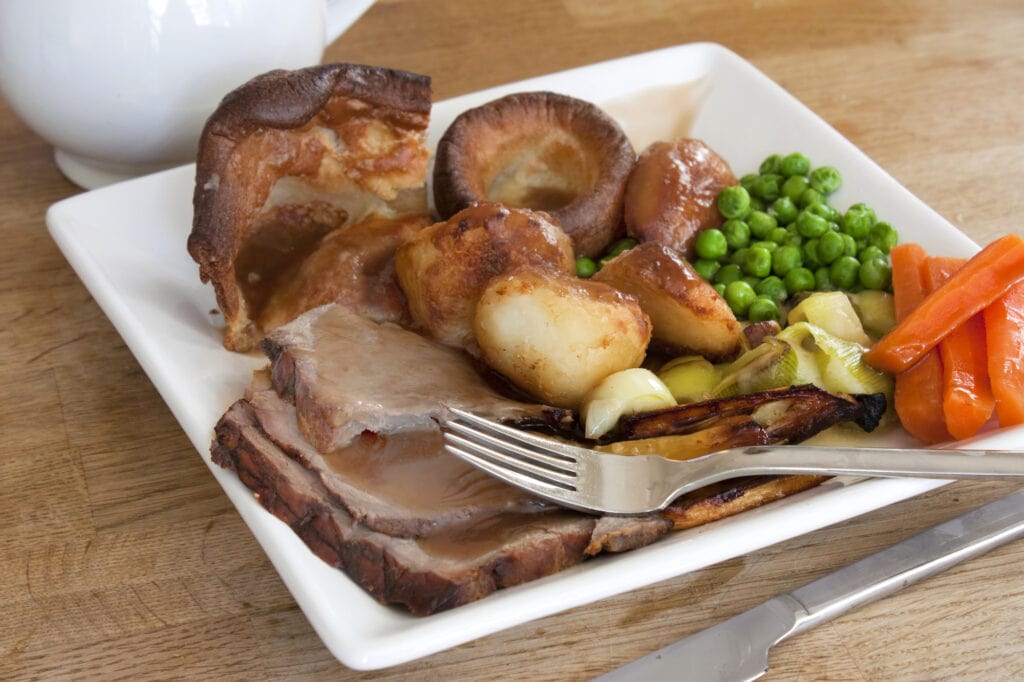
Full English Breakfast
This is a calorie-laden fill-your-belly delight. Toast, tea, sausages, bacon, mushrooms, tomatoes, beans, and eggs any which way you, please. In N. Ireland it is often accompanied by fadge or potato pancakes and the Brits have taken to that awful frozen “hash brown” thing.
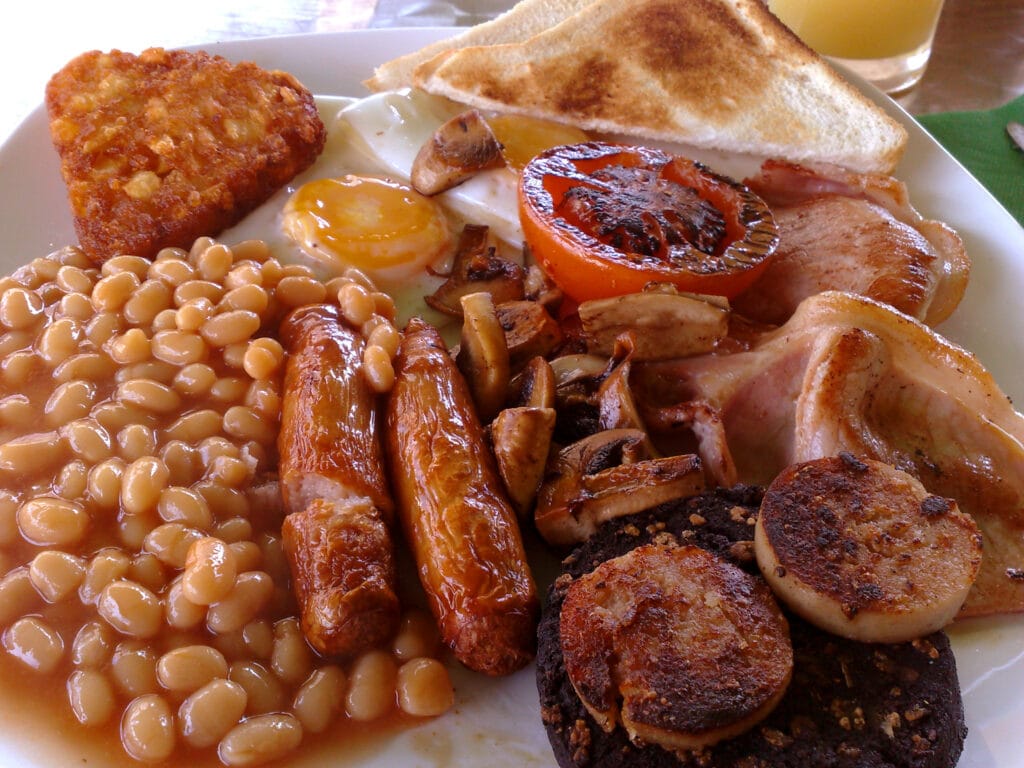
Chocolate
Chocolate stuff, I don’t care what anyone says British chocolate is superb. Compared to American chocolate it is creamier, and not as plasticky tasting. It could be the difference in cocoa used, it could be the milk who cares it tastes better.

Fish and Chips
The great National dish of England. Crispy battered fish, served with soft fluffy on the inside chips and of course mushy peas. Of course you should know that the second national dish is chicken Tikka Masala which was invented in Glasgow Scotland to appease those who wanted a masala sauce added to satisfy the desire of people to have their meat served in sauce to be mopped up with rice.
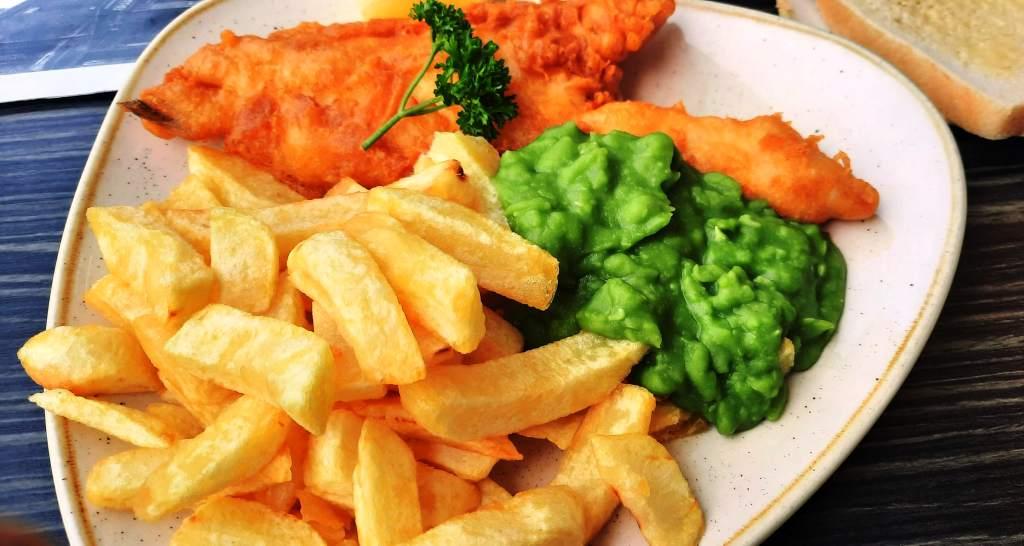
Getting sick in the UK – aspirin and medications
Aspirin and meds
Medications – do you know you can walk into a chemist (pharmacy) and buy 32 Panadol extra strength (which is like Tylenol) for .65p that’s around .35 cents Canadian. An antihistamine that will set you back $20 bucks in Canada costs the equivalent of a $1 here for 7 pills. Outstanding until you realize just how ripped off we are as North Americans on drug pricing. Warning here though you can only buy a limited amount of paracetamol or aspirin because you know you may start a meth lab or build bombs.
The British don’t allow you to buy more than two packets of paracetamol (500 mg) in one sale, it is illegal to sell more than 100 tablets of paracetamol (500 mg) or aspirin (75–300 mg) in one sale. This is due to a large number of overdoses that were happening around the UK.

There are now new laws in the UK allowing pharmacists to prescribe certain medications over the counter, so check with the staff what meds you can get.
Driving in the UK
Stick to the Left
In the UK, people drive on the left side of the road. If you’re planning to rent a car or cross the street, always remember to look right first and be mindful of the traffic coming from the opposite direction. While 75% of the world drives on the right British road laws go back to feudal times when it was safer to be on the left-hand side of the road in case you needed to draw a sword. So being on the left-hand side has its roots in medieval history.
Gas Stations
Filling Stations and Petrol Stations are essentially gas stations but with clean washroom facilities and are very often connected to a shop that sells everything from sandwiches to fresh vegetables. What you will find is that the price of gas is double or more than what you pay in North America.

Traffic Lights
Here in the U.K and Ireland traffic lights are very different, amber means get ready to go not get ready to stop. Additionally, the traffic lights are positioned differently, they are directly in front of you when you pull up to the corner – not across the street-facing you. You will also see really cool gay-friendly traffic lights.
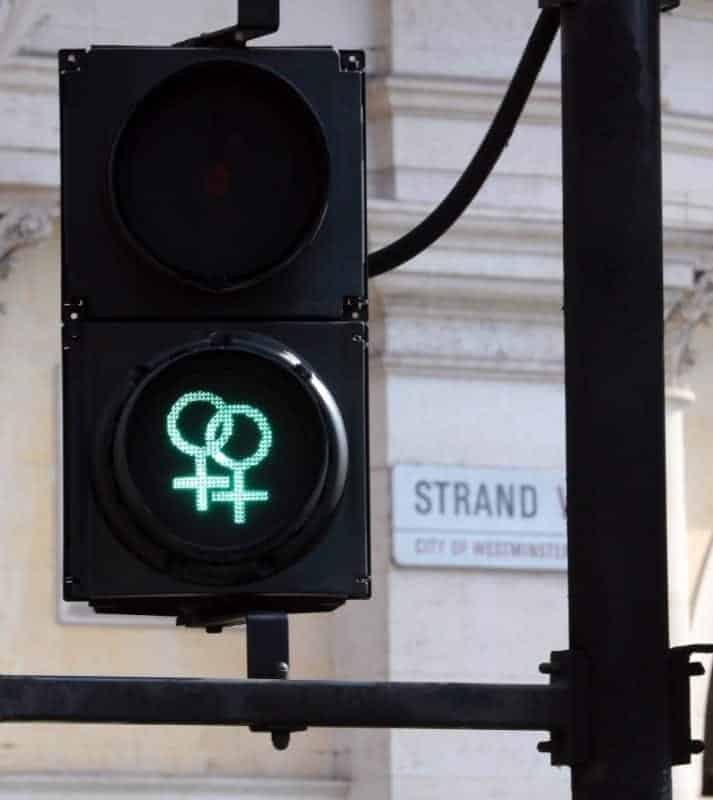
Roundabouts
Roundabouts are the fearsome bane of many a N. American they are pretty easy and quick once you get used to them. The “official” rule is in the Highway Code – GIVE WAY to traffic already on the roundabout, or approaching from the right, UNLESS road markings/signs indicate otherwise. It’s nothing to do with “crossing paths”.

Shopping in the UK
What is VAT?
Value-added tax (VAT) is a sales tax, which is built into anything you purchase in the UK. You may be able to get a VAT refund if you are leaving the country to go home in many shops you will be eligible to buy goods and get the VAT returned to you when you leave the country. Make sure to ask the shop if they provide this service, you will need your passport to prove your residency in another country.
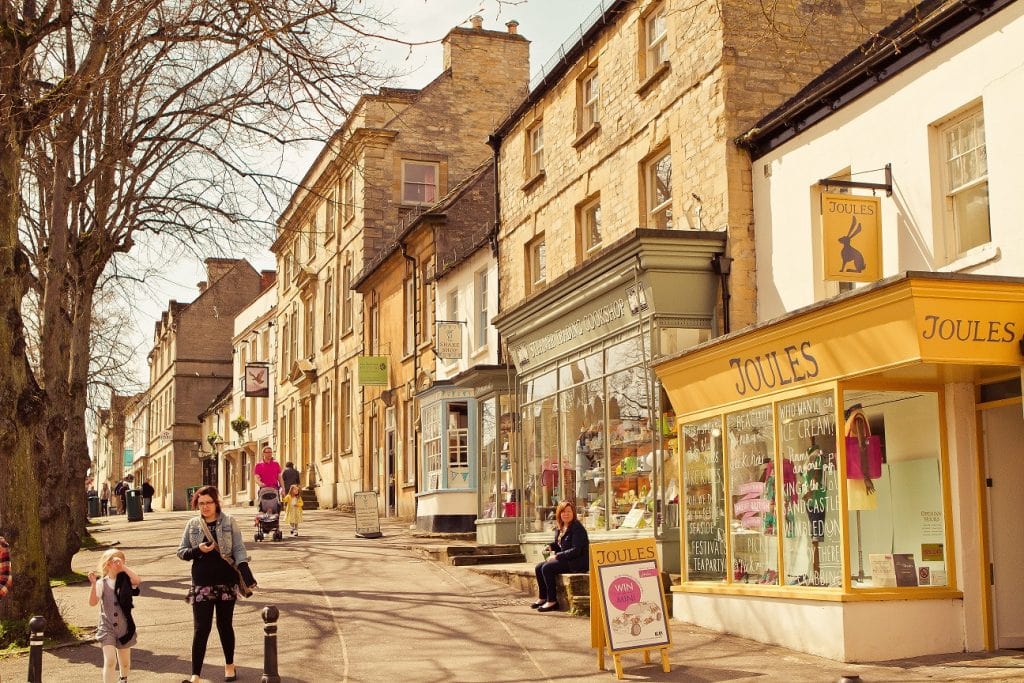
British Sizing
Be aware when buying clothing and shoes in the UK that the sizing is very different from in North America. Typical shoe sizes run smaller so if you take a 10 ladies in Canada or the US in the UK it will be an 8. Clothing sizes are also very different, if you wear an 18 in North America you will need at least a 20-22 in the UK in most shops.
Historic site passes
There are currently 33 recognised UNESCO World Heritage sites in the UK.Three popular passes are the London Pass, English Heritage membership, and National Trust membership, all of which can offer considerable savings on popular visitor attractions. You can find more details on other London Discount cards here and the VisitBritain online shop has details of other passes such as the Edinburgh Pass and the English Heritage Overseas Visitor Pass. These passes will give you hundreds of sites to visit in the UK at discounted prices.
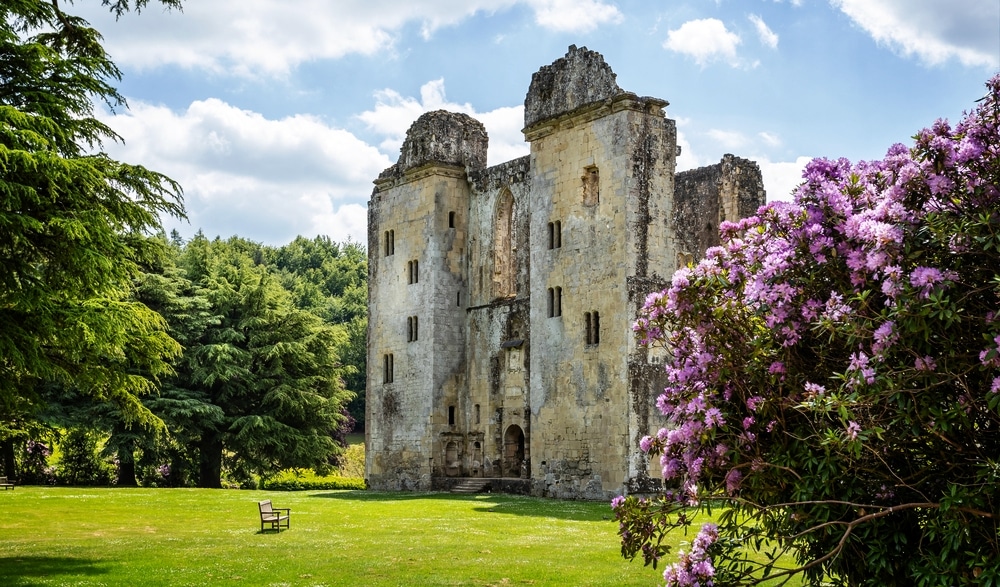
So, there you have it! These are the things you need to know on your visit to Britain. Remember to pack an umbrella and a sense of humour, be prepared for a bit of queuing, and always say please and thank you – even when ordering a pint at the pub. The UK may be small in size, but it’s big on history, culture, and quirky traditions. Embrace it all with open arms (and maybe a stiff upper lip) and you’ll have an unforgettable trip across the pond. Cheers!
Pin it to save it


